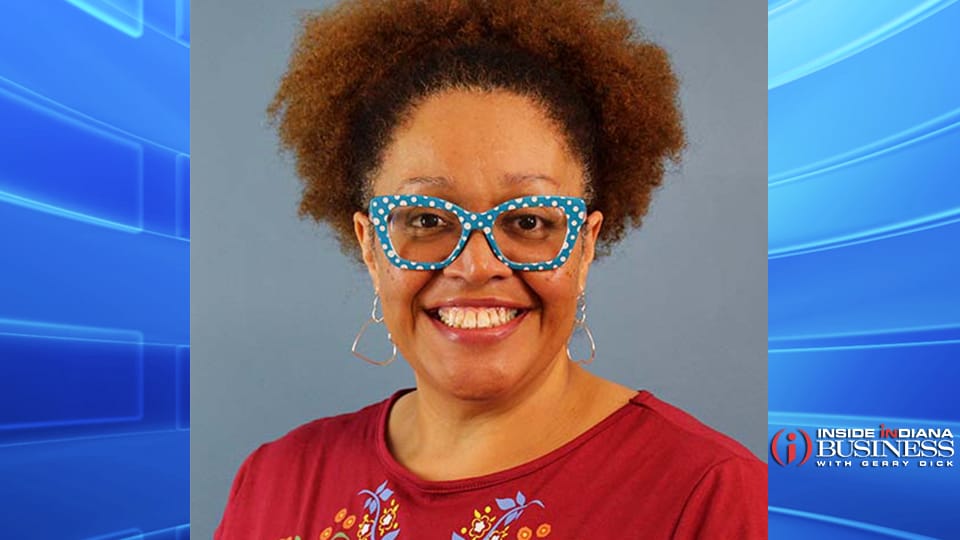Health disparities persist, but solutions exist
Subscriber Benefit
As a subscriber you can listen to articles at work, in the car, or while you work out. Subscribe Now
Juneteenth, officially Juneteenth National Independence Day, is celebrated annually to commemorate the ending of slavery on June 19, 1865, when Major General Gordon Granger ordered the final enforcement of the Emancipation Proclamation in Texas at the end of the American Civil War. Despite the progress we’ve made since then, disparities stubbornly persist for Black Americans and people of color–nowhere more readily apparent than in health.
Health Disparities Separate and Divide
According to the U.S. Centers for Disease Control and Prevention (CDC), health equity is the state in which everyone has a fair and just opportunity to attain their highest level of health. Achieving this requires focused and ongoing societal efforts to address historical and contemporary injustices; overcome economic, social and other obstacles to health and healthcare; and eliminate preventable health disparities.
When I think of health equity, I think of everyone being able to reach their highest status of health and well-being. Health equity is at the core of our mission at Aspire, serving underserved communities with compassion. By prioritizing health equity, we acknowledge and actively work to mitigate disparities in healthcare access and outcomes. It’s our ethical duty to advocate for and facilitate equitable healthcare practices.
Health disparities are those unavoidable—yet preventable—differences that affect an individual’s ability to achieve optimal health experienced by various populations disadvantaged by their race, gender, social or economic status, geographic location and environment.
Racial and ethnic disparities are pervasive across all states, including Indiana. As reflected in the 2024 State Health Disparities Report, “Health system performance scores, by state and race/ethnicity,” states received overall health system scores for each group representing aggregate performance across three domains: health outcomes; healthcare access; and quality and use of healthcare services. In Indiana, the race/ethnicity groups scored as follows: White – 64; Asian American, Native Hawaiian and Pacific Islander (AANHPI) – 61; Hispanic – 25; and Black – 14.
Illuminating the clear and deep disparities in health and healthcare leads to the question: Why do these disparities exist and persist? Unfortunately, our society has created—and allowed—health inequities, when health outcomes differ across groups due to systemic, avoidable and unjust social and economic policies and practices that create barriers to opportunity.
Eliminating the Obstacles to Positive Outcomes
People’s living conditions are often made worse by discrimination, stereotyping and prejudice based on sex, gender, age, race, ethnicity or disability, according to the World Health Organization. Discriminatory practices are often already embedded in our institutional and systems processes.
Through the policies and procedures we create, society has put in these roadblocks so people can’t reach their full potential.
Credit scores to get a mortgage; credit scores to buy a car; redlining in neighborhoods; test scores to get into college; college degrees to get a job; dress codes in the workplace—we see societal roadblocks everywhere. And they are all challenges we face toward achieving health equity.
It’s all those social drivers of health—from employment and housing to legal issues, trauma, racism and violence. If we work to eliminate those inequities, or at least reduce them, there is the possibility to achieve a better and greater health outcome.
The Social Drivers of Health (SDoH) are the conditions in which people live, work, grow, age and play. These conditions influence a person’s overall health. The SDoH categories are broken down into economic stability, education, neighborhood and physical environment, community, food, and healthcare access and quality.
When individuals aren’t having their basic daily needs met, their health and well-being suffers, which creates a domino effect in the other areas of their life.
Think about someone who may have lost their driver’s license due to a past event in their life. Accessing legal services may help them regain their license so they can travel to their job. This mobility may open up a better job that wasn’t accessible before, and this new income and mobility may help them access healthier foods. The new job also provides insurance, so they can afford going to the doctor. You can see how addressing the Social Drivers of Health can create positive momentum in a person’s life.
That is why my company and others have bolstered community programs like housing assistance, employment support, rehabilitation services, crisis intervention and Deaf services to help individuals cope more effectively in their environment.
Be an Ally
At the global, federal and state levels, action needs to be taken to improve health equity:
- by the health sector to ensure high-quality and effective services are available, accessible and acceptable to everyone, everywhere when they need them;
- by health and other sectors to act on the wider structural determinants of health to tackle the inequitable distribution of power and resources, and to improve daily living conditions; and
- the health sector needs to take the lead in monitoring health inequities through monitoring health outcomes and health service delivery—as well as working with other sectors to monitor people’s living conditions.
There is also work we can do on an individual level.
We need to challenge ourselves to truly be an ally to the community and specifically those most affected by health inequities and disparities. When your kids are in school, are you advocating for every child or just your own? If you see something racial or homophobic or sexist, are you doing or saying something about it? Can you post something on social media and bring light to a situation that is happening? Can you engage others in a cause?
One person can change a lot. You can encourage conversations with others and make a difference in the public attitude. It only takes one person to make a difference.
